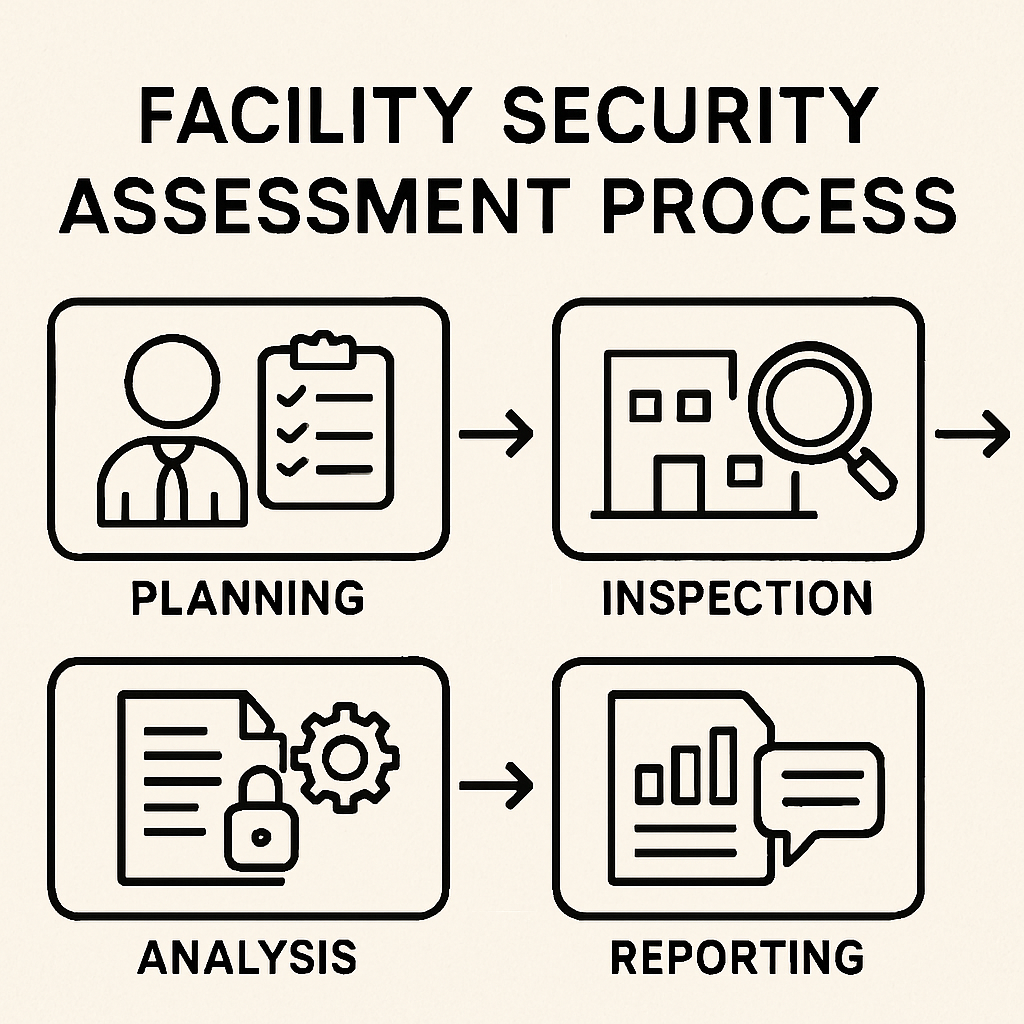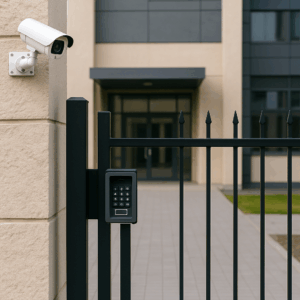Essential Steps for Effective Facility Security Assessment
# Essential Steps for Effective Facility Security Assessment
In today’s world, ensuring the safety and security of facilities is more crucial than ever. Whether you're managing a small business, a large corporate office, or a manufacturing plant, a comprehensive facility security assessment can help identify potential vulnerabilities and strengthen your security measures. In this guide, we will delve into the essential steps for conducting an effective facility security assessment.
A facility security assessment is a systematic evaluation of a facility's security measures to identify risks and vulnerabilities. The goal is to determine how susceptible your facility is to potential threats and to develop strategies to mitigate those risks. This process involves evaluating the existing security infrastructure, policies, and procedures.
Why Conduct a Security Assessment?
Conducting a security assessment is vital for several reasons. It helps in identifying weaknesses in your current security setup, ensuring compliance with industry standards, protecting valuable assets, and safeguarding personnel. Moreover, a thorough assessment can help prioritize security investments and improve overall safety.
Key Steps in Conducting a Facility Security Assessment
Step 1: Define the Scope
Begin by defining the scope of your security assessment. Decide which areas of your facility will be evaluated. This could include physical security, access control systems, cybersecurity measures, and emergency preparedness. Clearly defining the scope helps in focusing efforts and resources on the most critical areas.
Step 2: Assemble a Competent Team
The next step is to assemble a team of skilled professionals who can conduct the assessment. This team should ideally include security experts, risk assessment professionals, and facility managers. Their collective expertise will ensure a comprehensive evaluation of your facility's security posture.
Step 3: Use Risk Assessment Tools
To effectively analyze potential security threats, make use of risk assessment tools. These tools can help in identifying vulnerabilities and assessing the likelihood and impact of various threats. They provide a structured approach to evaluate risks, making it easier to develop effective mitigation strategies.
Step 4: Conduct a Physical Security Evaluation
A physical security evaluation involves examining the facility’s infrastructure, including doors, windows, fences, and surveillance systems. Assess the effectiveness of locks, alarms, and barriers. Check for blind spots in surveillance coverage and ensure that all entry points are adequately secured.
Step 5: Perform a Security Vulnerability Analysis
by Friso Baaij (https://unsplash.com/@boei)
A security vulnerability analysis focuses on identifying weaknesses that could be exploited by potential threats. This involves examining access control measures, visitor management systems, and employee security protocols. Evaluate the effectiveness of current policies and procedures in preventing unauthorized access.
Step 6: Evaluate Cybersecurity Measures
In today’s digital age, cybersecurity is a critical component of facility security. Assess the strength of your IT infrastructure, including firewalls, antivirus software, and data encryption methods. Ensure that network systems are regularly updated and protected against cyber threats.
Step 7: Review Emergency Preparedness
Evaluate your facility’s emergency preparedness plans. This includes fire drills, evacuation procedures, and emergency communication systems. Ensure that all personnel are familiar with emergency protocols and that necessary resources, such as fire extinguishers and first aid kits, are readily available.
Developing a Security Improvement Plan
Once the assessment is complete, the next step is to develop a security improvement plan. This plan should outline the identified vulnerabilities and propose solutions to address them. Prioritize actions based on the level of risk and the potential impact of each vulnerability.
Implementing Security Enhancements
Begin implementing the security enhancements as outlined in your improvement plan. This could involve upgrading security systems, enhancing access control measures, or conducting additional training for staff. Ensure that all improvements are documented and communicated to relevant personnel.
Continuous Monitoring and Review
Security is an ongoing process, and continuous monitoring is essential to maintain a secure environment. Regularly review and update security measures to address emerging threats. Conduct periodic assessments to ensure that implemented improvements remain effective.
Conducting a facility security assessment is a proactive step in safeguarding your facility against potential threats. By following these essential steps, you can identify vulnerabilities, implement effective security measures, and ensure a safe and secure environment for all. Remember, a well-planned security assessment not only protects your assets but also instills confidence among employees and stakeholders.
With a comprehensive approach to facility security assessment, you can significantly reduce risks and enhance the overall security posture of your facility.






